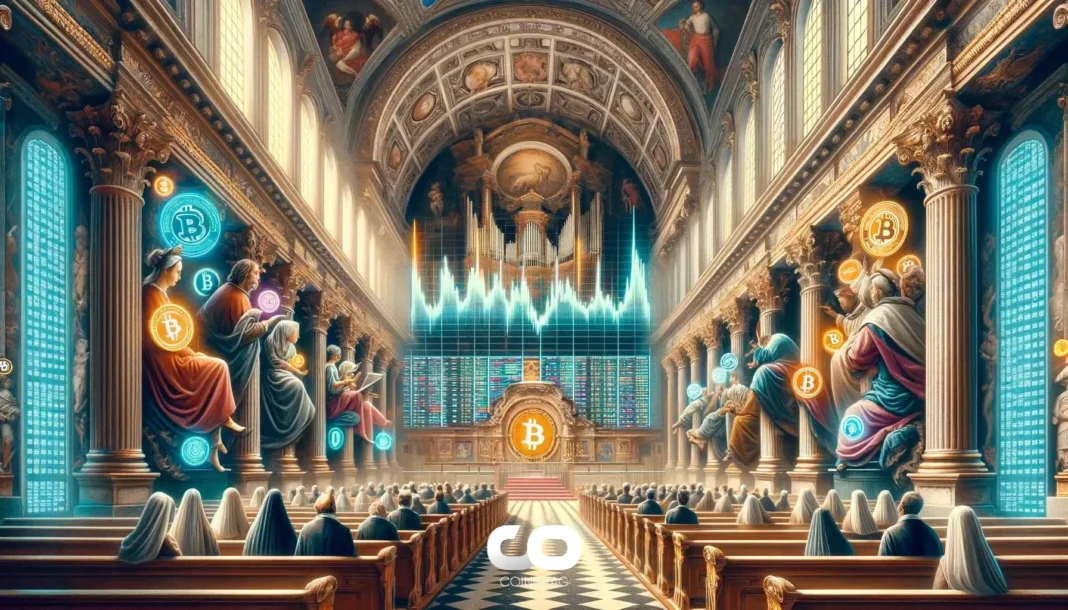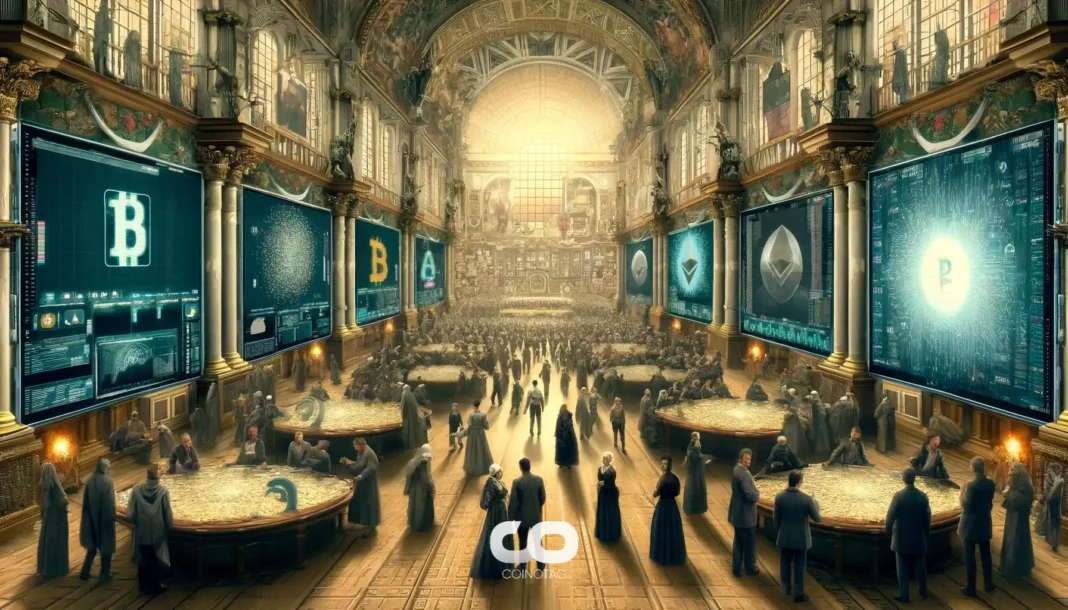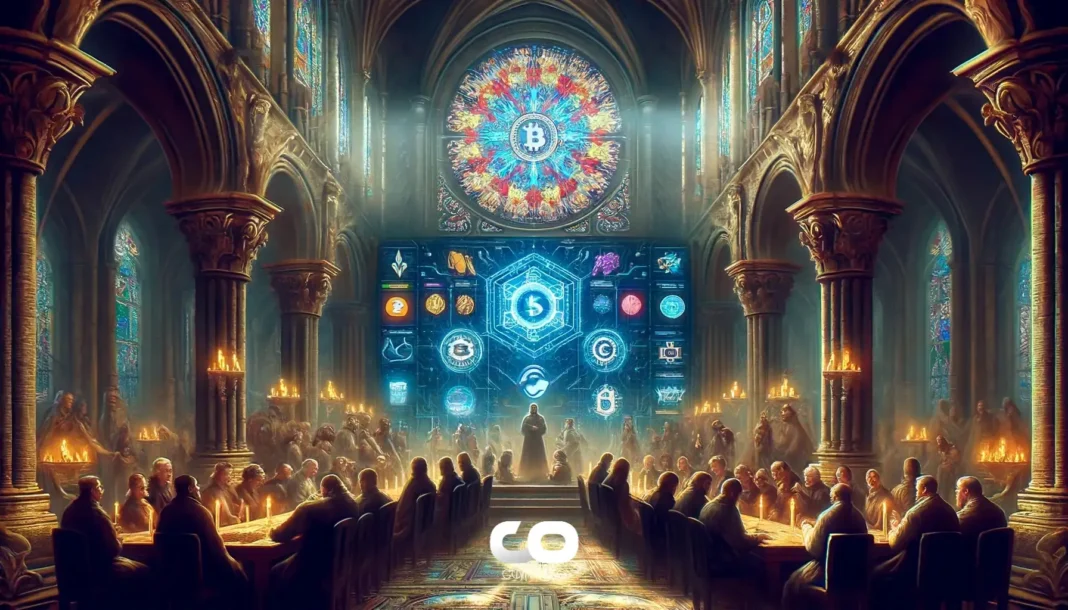-
The debate around XRP’s legitimacy in the digital asset ecosystem intensifies as Ripple’s token is now part of the proposed U.S. strategic crypto reserve.
-
While some champions argue for XRP’s crucial role in remittance and digital transactions, others caution about its utility and centralized nature.
-
Ripple’s CEO Brad Garlinghouse stated, “If a government digital asset reserve is created—I believe it should be representative of the industry, not just one token,” underscoring the ongoing discourse within the crypto community.
This article explores XRP’s potential impact in the U.S. strategic crypto reserve, assessing its role in banking and Web3 amid ongoing debates.
The Institutional Adoption of XRP in Banking Transactions
Since its **launch in 2012**, Ripple’s XRP Ledger (XRPL) has been at the forefront of innovations aimed at **facilitating interbank payments**. Initially marketed through three core products — xRapid, xCurrent, and xVia — Ripple rebranded these solutions under the RippleNet umbrella, focusing primarily on providing banks with seamless transaction capabilities. Among these, **On-Demand Liquidity (ODL)** has proven essential, allowing institutions to engage in real-time cross-border transactions using XRP. While **xCurrent** and **xVia** provide messaging and compliance solutions without necessitating XRP ownership, their adoption underscores the versatility of Ripple’s framework.
Notably, prominent financial institutions such as **American Express** and **Bank of America** have integrated **xCurrent** and **xVia**, showcasing the platform’s appeal. However, the adoption of XRP for ODL remains less prevalent, with fewer users reported, notably **SBI Remit** in Japan and **Tranglo** in Southeast Asia, indicating a selective yet critical role for XRP in global remittance services.
XRP’s Place in the Growing Web3 Ecosystem
Within the evolving landscape of **Web3**, XRP’s functionality as a gas token differs significantly from Ethereum’s model. Instead of contributing fees to network validators, transactions on the XRP Ledger incur a minimal amount of XRP burned, functioning as an anti-spam measure. Despite this application, XRP’s contribution to **Web3** remains limited, with **no robust support for extensive smart contracts or decentralized applications (DApps)**, unlike its rivals.
As of late, the total value locked (TVL) in the XRPL’s decentralized finance sector hovers around **$80 million**, which pales in comparison to Ethereum’s thriving DeFi markets. Current XRPL tokens represent a combined market cap of **$468 million**, primarily composed of decentralized exchange tokens and stablecoins, reflecting a nascent and relatively underdeveloped Web3 environment when compared to more established platforms.
Insights into XRP’s Controversial Entry into the Strategic Reserve
The recent announcement of a U.S. strategic crypto reserve has split opinions among crypto enthusiasts and analysts alike. Ripple Labs’ CEO **Brad Garlinghouse** has expressed a clear vision for an inclusive digital asset reserve that fosters diversity and innovation. In a statement made on January 27, he asserted, “We live in a multichain world… if a government digital asset reserve is created — I believe it should be representative of the industry, not just one token.”
While various cryptocurrencies have distinct purposes, the clear definition of XRP’s role is still debatable. **Bitcoin’s** standing as a “geopolitically neutral asset” contrasts with the ambiguity surrounding XRP’s ambitions. Critics highlight that Ripple’s permissioned model undermines its claim to be a decentralized currency. The **Unique Node List**, which streamlines transaction approvals through a limited pool of validators, raises eyebrows regarding the potential for **censorship** and **centralized control**.
Furthermore, prominent figures such as **Jameson Lopp**, co-founder of Casa, argue that XRP’s framework aligns closely with enterprise objectives rather than decentralization, stating, “Ripple explicitly wants to power CBDCs. They have always been focused on servicing banks…” This perspective echoes a broader critique among cryptocurrency purists who perceive XRP more as an instrument for banking than a standalone currency.
Conclusion
In summary, as NFT and DeFi paradigms continue to evolve, XRP finds itself at a critical junction. While the future of XRP within the proposed U.S. strategic crypto reserve remains uncertain, it is essential for stakeholders to consider its distinct advantages and limitations within an increasingly **competitive cryptocurrency landscape**. Ultimately, whether XRP can transcend its traditional market roles to embody a truly decentralized cryptocurrency remains to be seen. As the digital asset landscape evolves, ongoing discussions and developments will undoubtedly shape XRP’s future role in financial systems.







